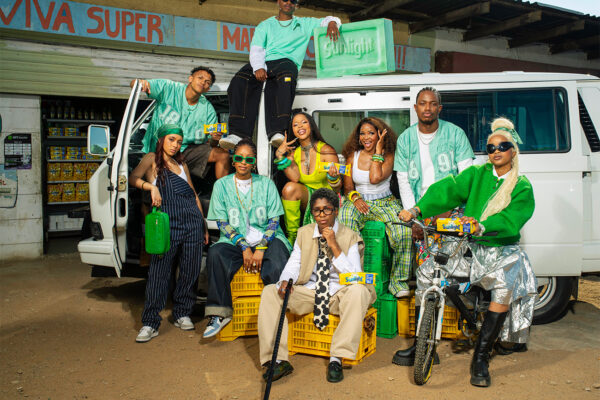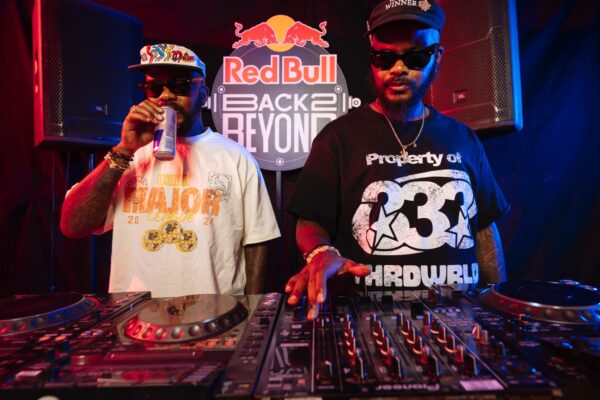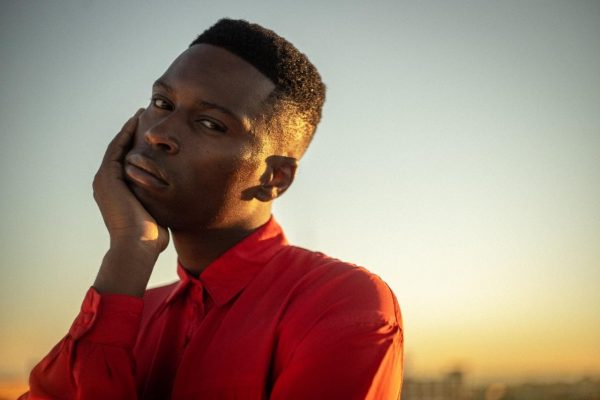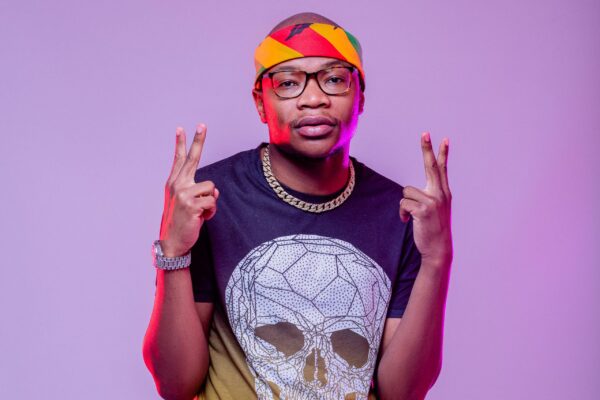In a world increasingly overwhelmed by ecological breakdown and capitalist excess, a new group exhibition in Johannesburg dares to ask: What if waste could think, feel, and fight back?
Opening this Thursday at the FADA Gallery at the University of Johannesburg, Re: Fuse–Ability is not just a show, it’s a manifesto. Curated by Brenton Maart and Leora Farber, the exhibition gathers a transnational group of artists from Africa and the Global South who transform the wreckage of modern life into radical expressions of resistance, healing, and what the curators call “reworlding.”
“Re: Fuse–Ability brings together artists who repurpose the detritus of empire, extraction, and excess into urgent, electrifying statements of renewal,” says Farber, whose own work in the show cultivates live moss over the remnants of a colonial-era dinner table — a living, breathing monument to vegetal agency and political decay.
The exhibition, which runs through September 6, doesn’t tiptoe around disaster. Instead, it immerses viewers in it. In Core Dump, Francois Knoetze’s four-channel cinematic installation, ghostly avatars wander through the digital graveyards of Kinshasa, Shenzhen, New York and Dakar, exposing the violent afterlives of global e-waste.
Nearby, Nolan Oswald Dennis literalizes the decay of ideology, transforming Frantz Fanon’s revolutionary texts into compost for live worms. The piece questions what survives and what feeds new growth when radical thought begins to rot.
Zimbabwean artist Tawanda Takura salvages shoes from urban dumps to construct uncanny creatures, survivors of economic collapse who have become visionaries of post-collapse futures. The result is both absurd and sacred: a post-human bestiary born from the wreckage of global trade.
There is ritual here, too. In a one-night-only performance at the opening, interdisciplinary artist Oupa Sibeko anoints the gallery with honey, sea salt, and his own body, transforming pain into communion and residue into renewal.
Even sonic memory finds form: Masimba Hwati and Michael Gould, performing as The Zebra Collective, resurrect the cultural trauma of the Kariba Dam through an immersive score that seems to channel the very essence of the Zambezi River itself.
“It’s not just about recycling materials,” says Maart. “It’s about listening to what they remember — the politics embedded in their decay, the stories still held in their fibres.”
The show also reflects South Africa’s growing role in the global conversation on bioart and decolonial aesthetics. Several works — including those by Usha Seejarim, Oron Catts and Ionat Zurr — form part of the Bioart + Design Africa research program at UJ’s VIAD Research Centre, which explores how indigenous knowledge and speculative biotechnology can reframe the materialities of art-making.
The gallery itself, which is usually closed on weekends, will offer walkabouts and artist talks throughout the run. For many visitors, though, the work will speak loudest in silence: a broom-bound monument to domestic labour; the hum of a decaying hard drive; the glisten of salt on human skin.
In a time of planetary unravelling, Re: Fuse–Ability doesn’t offer easy hope. Instead, it offers possibility — composted, reassembled, and humming with life.
Exhibition: Re: Fuse–Ability
Venue: FADA Gallery, University of Johannesburg, Bunting Road Campus
Dates: July 31 – September 6, 2025
Gallery Hours: Mon–Fri, 9 a.m.–4 p.m. (Closed weekends & public holidays unless stated)
Supported by: UJ Research Committee






